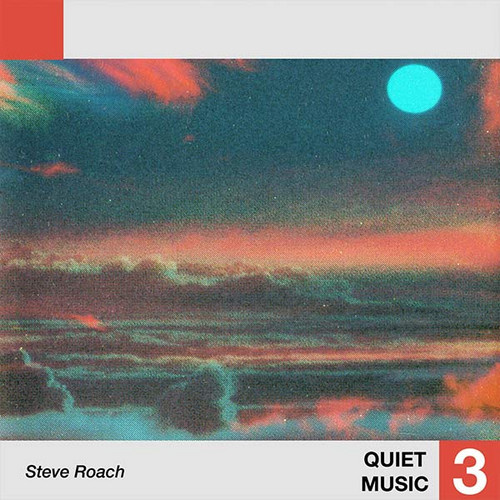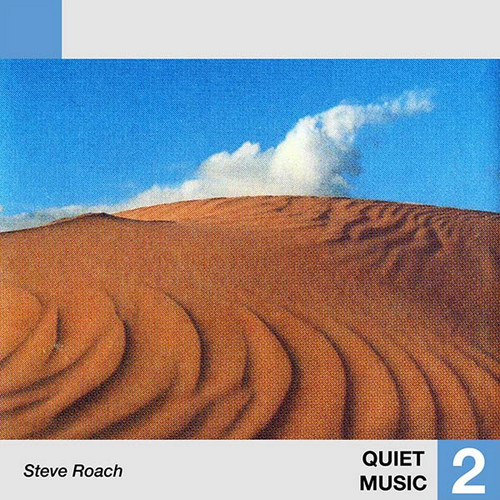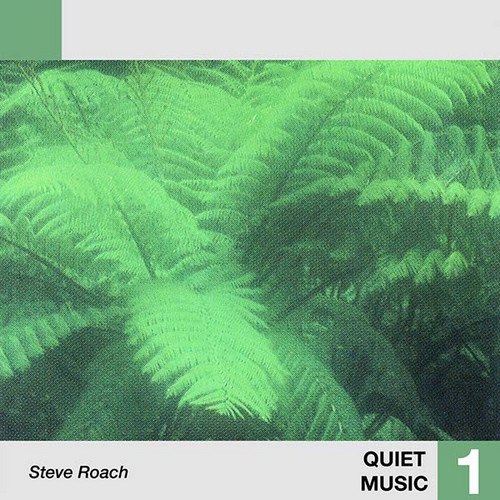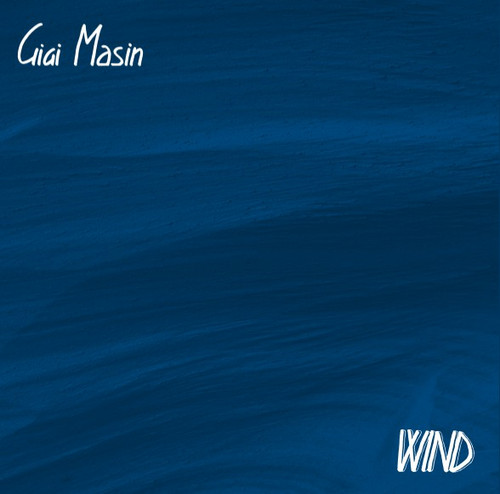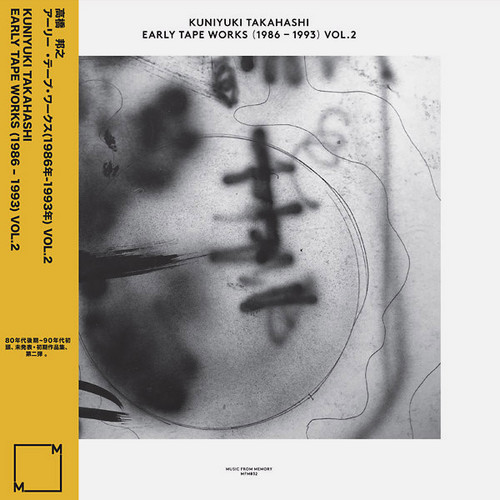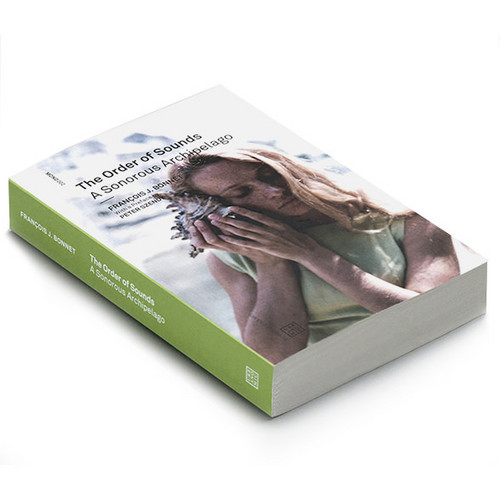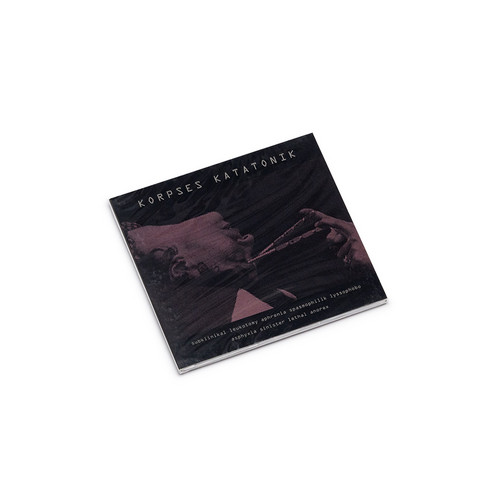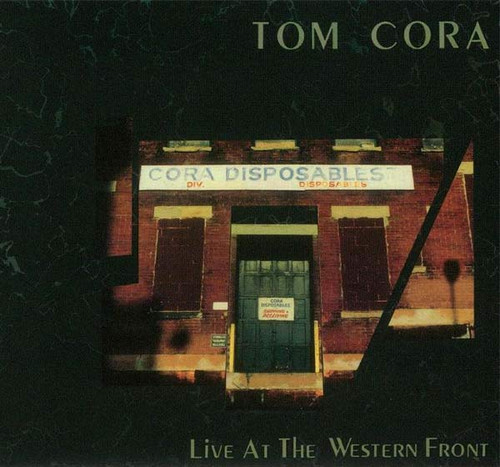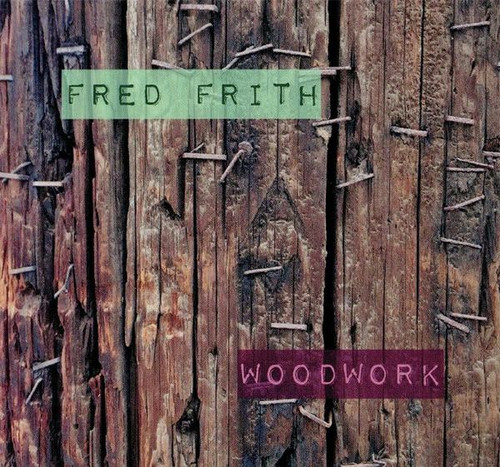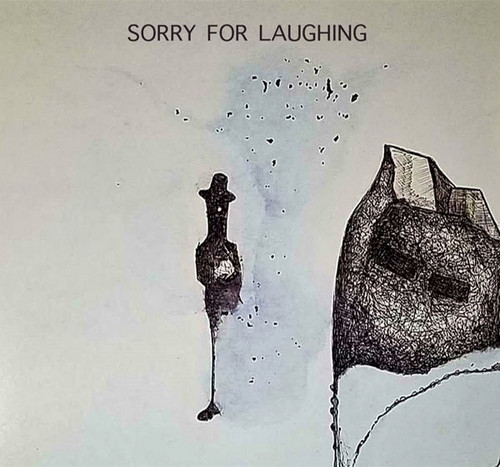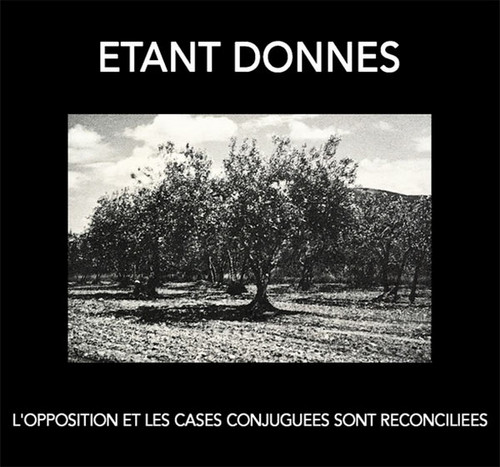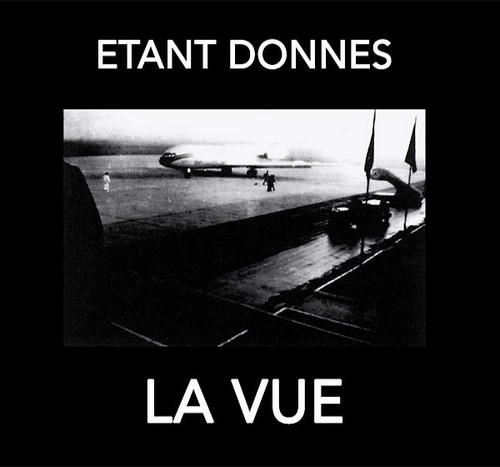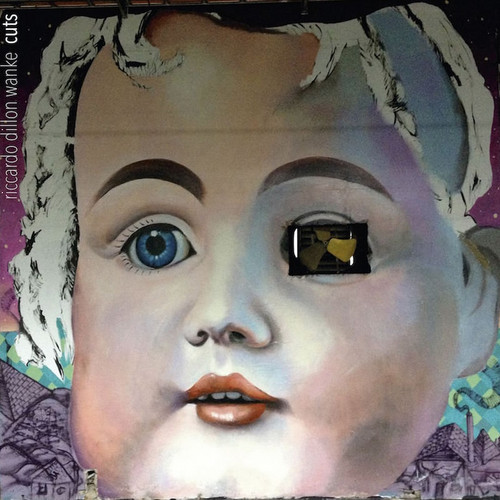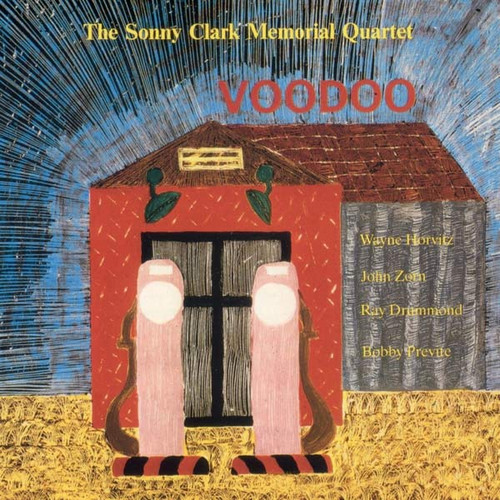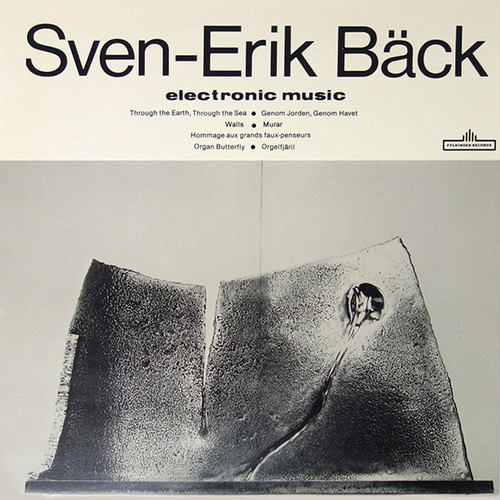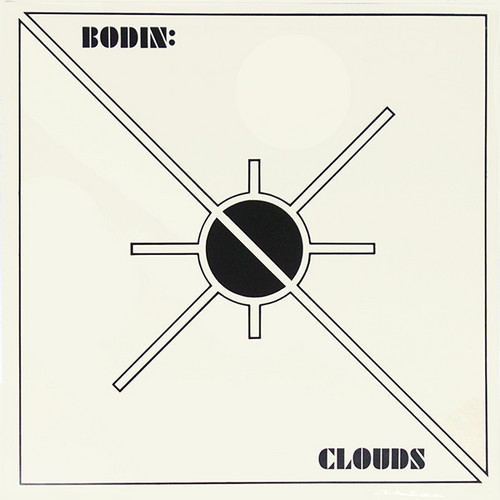Back in stock
Quiet Music 3
Quiet Music is a collection of pieces created by Steve Roach between 1983 and 1986 in respect for silence. The gentle electronics of Roach's synthesizers mix with flute, electric piano and nature sounds flow like breath, enveloping the listener in a sustained, delicate and translucent atmosphere. Quiet Music was originally released as a three tape cassette series in 1986 on Fortuna Records and is now being issued as a complete series on vinyl for the first time ever.After Structures From Silence…
Quiet Music 2
Quiet Music is a collection of pieces created by Steve Roach between 1983 and 1986 in respect for silence. The gentle electronics of Roach's synthesizers mix with flute, electric piano and nature sounds flow like breath, enveloping the listener in a sustained, delicate and translucent atmosphere. Quiet Music was originally released as a three tape cassette series in 1986 on Fortuna Records and is now being issued as a complete series on vinyl for the first time ever.After Structures From Silence…
Quiet Music 1
Quiet Music is a collection of pieces created by Steve Roach between 1983 and 1986 in respect for silence. The gentle electronics of Roach's synthesizers mix with flute, electric piano and nature sounds flow like breath, enveloping the listener in a sustained, delicate and translucent atmosphere. Quiet Music was originally released as a three tape cassette series in 1986 on Fortuna Records and is now being issued as a complete series on vinyl for the first time ever.After Structures From Silence…
Wind
2019 super limited repress. Italian electronic musician Gigi Masin's much sought-after 1986 first album, Wind, restored and remastered from the original tapes. Never commercially released, the LP was only given away at a number of small concerts, with many of the remaining copies destroyed during floods in the Venice-based musician's house. Quickly gaining recognition as something of a landmark ambient album in recent years, Wind is now lovingly presented again in its entirety. True to its origi…
Early Tape Works (1986-1993) Vol. 2
The Japanese producer and DJ Kuniyuki Takahashi is the subject of Music From Memory's latest retrospective compilation with Early Tape Works (1986-1993). Composed of two volumes, the compilations gather together a selection of tracks from a tiny run of privately released tape only albums, highlighting a fascinating early period in Kuniyuki's musical output, one of which little is known. After discovering the world of nightclubs in Japan around 1986, and the seemingly boundless freedom expressed …
Snapshot: Jazz Now Jazz Aus Der DDR
Song Cycle presents a reissue of Snapshot: Jazz Now Jazz Aus Der DDR, originally released on FMP in 1980. In August 1979, East German musicians were invited to perform a three-day festival in West Berlin. Billed as "Jazz Now," this landmark meeting was recorded and initially released in a limited edition. From stunning duos to challenging small-group performances, from large rave-ups to Mingus nods, Snapshot: Jazz Now Jazz Aus Der DDR provides much more than that name suggests. It's as complete …
The Order of Sounds A Sonorous Archipelago
Profoundly intimate yet immediately giving onto distant spaces, both an ‘organ of fear’ and an echo chamber of anticipated pleasures, an uncontrollable flow subject to unconscious selection and augmentation, the subtlety, complexity, and variety of modes of hearing has meant that sound has rarely received the same philosophical attention as the visual. In The Order of Sounds, François J. Bonnet makes a compelling case for the irreducible heterogeneity of ‘sound’, navigating between the physical …
Oeuvres Complètes
Zos DeWitt is a legend in Industrial music. He started the Nekrophile label in Vienna in 1983 and released music by Genesis P-Orridge, Ain Soph, Sleep Chamber, Coil and many more.In 1982 he recorded his first album under the name Korpses Katatonik, a work full of harsh Industrial sounds in the tradition of early SPK. On this CD re-issue, we present the complete works by this project including material from the Beast 666 compilation.Carefully remastered, this albums sounds better than ever before…
Live at The Western Front
"Tom Cora made his musical debut as drummer on a local US television programme. In the mid 1970s he played guitar for a Washington, D.C. jazz club house band. He took up the cello while an undergraduate at the University of Virginia and studied with cellist Pablo Casals' student Luis Garcia-Renart and later with vibraphonist Karl Berger. During this time he formed his own group, The Moose Skowron Tuned Metal Ensemble and began constructing instruments for it.In 1979 Cora moved to New York City w…
Woodwork / Live at Ateliers Claus
Fred Frith is one of the most important musicians of our time. He was born in Sussex, UK and now lives in California, USA. He first came to attention as one of the founding members of the English avant-rock group Henry Cow. He was and is also a member of groups like Massacre, Art Bears, Skeleton Crew and Cosa Brava. Over the past 40 years Frith has collaborated with outstanding musicians like John Zorn, Tom Cora, Bill Laswell, Carla Kihlstedt, Henry Kaiser, Phil Minton, Brian Eno, The Residents,…
Sorry For Laughing
The only one Sorry For Laughing album was released in 1986 on cassette. It is a project by Gordon H. Whitlow who is also a member of legendary US avantgarde collective Biota, formerly Mnemonists or Mnemonist Orchestra. Whitlow composed and recorded the album all by himself. The accompanying artwork for the original cassette release was made by several members of Mnemonists, the visual department of Biota.Sorry For Laughing has a different sound though. It is more varied, there are elements of po…
L'Opposition et Les Cases Conjuguées Sont Réconciliées
Étant Donnés is a French duo named after Marcel Duchamp's last major work. The group consists of brothers Marc and Eric Hurtado, born in Morocco and working mainly as performance artists and musicians. Their sound can be described as a mix of field recordings, found sounds and sometimes whispered, sometimes violent vocals.They describe their sounds like this: "Through Marc and Eric, it is the volume of each word that becomes an object-sculpture, together with the power of their bodies expressing…
La Vue
**2019 stock** Étant Donnés is a French duo named after Marcel Duchamp's last major work. The group consists of brothers Marc and Eric Hurtado, born in Morocco and working mainly as performance artists and musicians. Their sound can be described as a mix of field recordings, found sounds and sometimes whispered, sometimes violent vocals.They describe their sounds like this: "Through Marc and Eric, it is the volume of each word that becomes an object-sculpture, together with the power of their bo…
Cuts
After Riccardo Dillon Wanke's 2008 highly-lauded solo debut, Wanke continued his interests in digital & analog manipulation of sound & its application into musical compositions. His work with guitars & keyboards (piano & rhodes) has started from pure radical improvisation & has drawn to the investigation of drones sounds, static music. "I explored for years the use of repetitive structures within different perspectives. in many cases, these figures involved long developments. 'cuts' is the effor…
Vodooo
Black Saint present a reissue of the Sonny Clark Memorial Quartet's Voodoo, originally released in 1986. Voodoo shows the Sonny Clark soulful hard bop conception as seen through the oblique perspective of a NY Downtown all-star quartet featuring John Zorn (alto sax), Wayne Horvitz (piano), Bobby Previte (drums), and legendary bassman Bill Drummond.This unique and iconic album stands as one of Zorn's first declared tributes to the art of an influential musician and composer. All compositions are …
Electronic Music
**Original copies fromm the 70s** Excellent minimal electronic album of this Swedish avantgarde composer. Since Sven-Erik Back's début in the 1940′s he has been regarded as a radical avantgardist, his compositions are kept together by a never failing formal imagination and an intuitive sensitivity to sound qualities. Electronic Music was released on vinyl by Fylkingen Records (FYLP 1021) in 1978.
Clouds
**original copies from the 70s** Produced in 1977. Lars-Gunnar Bodin, Swedish composer and graphic artist, was one of those who during the first half of the 60's tried to integrate elements of different fields of art in his works: instrumental music, tapes, texts, actions, projections etc. In Clouds (1972-76) he developed an advanced form of musical drama involving electronic music in 8 channels, singers, dancers and slide and film projections on five screens. The music on this record is a short…
Eastern Standard Time
Following hard on the heels of BBE delving into the archives of Detroit’s Strata Records and delivering their widely acclaimed and hugely in-demand exploration of J Jazz, comes another crate digger’s delight - Ralph Thomas' Eastern Standard Time, which dropped in the USA back in 1980, on the obscure Zebra Jazz imprint. LA based DJ, producer and music supervisor Mathieu Schreyer discovered this gem for BBE. This is the is the kind of “spiritual’ jazz gem that appears on YouTube and upon checking …
Fino Alla Strada Vecchia
**100 copies** Daksina is a new label rising from the ashes of the glorious Kelippah. Run by Pat Murano a.k.a. Decimus, also member of the No-Neck Blues Band.Following two LPs released back in May 2019, here comes two new releases which are available as extremely limited vinyl LPs housed in beautiful covers silkscreened by Alan Sherry at Siwa Prints on 12"x24" folded cardstock.No-Neck Blues Band's Fino Alla Strada Vecchia (Up To the Old Road) includes two side-long tracks recorded in Marseille i…
Une Autre Version de Territory
On of the latest release on the ever-excellent Standard In-Fi (the imprint run by France's Jeremie Sauvage), with the help of Mental Groove, is this incredible beaturing double bass, lapsteel, bagpipes, guitar, violin, percussions... With musicians also playing in bands such as Toad, France, Sourdure or Abat. Far-out instrumental stuff with killer sound
